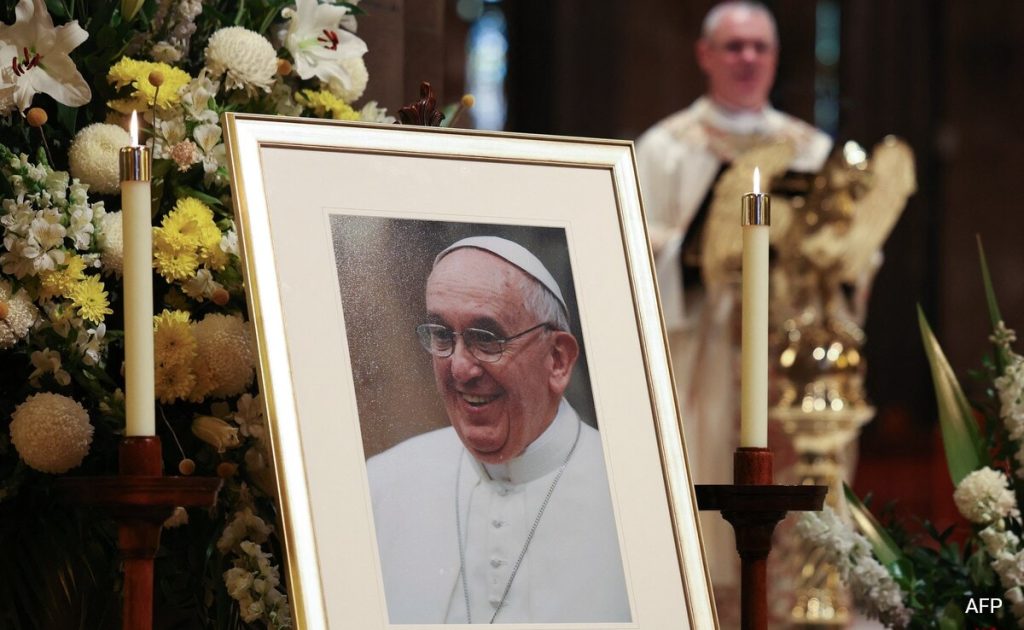Pope Francis’s Death Sparks Global Tributes and a Deluge of Disinformation
The passing of Pope Francis at the age of 88 triggered an outpouring of grief and condolences from across the globe. However, amidst the genuine expressions of sorrow, a wave of misinformation and manipulated content surged through online platforms, exploiting the heightened public attention surrounding the pontiff’s death. This unfortunate phenomenon highlighted the very dangers the Pope himself had frequently warned against during his 12-year tenure as the head of the Catholic Church. His pronouncements against the insidious nature of "fake news" proved tragically prophetic, as his death became the subject of fabricated stories, doctored images, and malicious online campaigns.
Throughout his papacy, Pope Francis vehemently condemned the spread of disinformation, recognizing its potential to sow discord, demonize individuals, and undermine trust. In a 2018 message for World Communications Day, he likened the deceptive tactics of disinformation purveyors to the "snake-tactics" described in the biblical account of the serpent’s temptation. He stressed that even seemingly minor distortions of truth can have far-reaching and harmful consequences. Ironically, Pope Francis himself became a victim of disinformation during the 2016 US presidential election when a fabricated story falsely claimed he endorsed Donald Trump. This hoax gained significant traction online, highlighting the vulnerability of even prominent figures to the rapid dissemination of falsehoods.
Following his death, a plethora of misleading content emerged, often distorting the Pope’s actions and affiliations. One widely circulated video purportedly showed him swatting away the hand of President Trump, with whom he had clashed over immigration policies. However, the clip was deceptively edited from a late-night comedy show. Another video falsely claimed to depict Satanic rituals during the Pope’s funeral, utilizing unrelated footage from Spain. Furthermore, a photograph of the Pope meeting Holocaust survivors was manipulated to suggest an association with the Rothschild family, a frequent target of anti-Semitic conspiracy theories.
This surge of disinformation surrounding Pope Francis’s death exemplifies a broader trend of malicious actors exploiting major events to spread their narratives and gain online engagement. Similar disinformation campaigns followed the deaths of Queen Elizabeth II and other public figures, demonstrating how grief and public attention can be manipulated for nefarious purposes. Digital literacy experts explain that content tends to follow attention, with opportunistic individuals and groups using high-profile events to promote their agendas, spread conspiracy theories, or simply generate clicks and revenue.
The proliferation of AI-generated images further complicated the situation. Existing fabricated depictions of Pope Francis, such as the infamous image of him in a stylish white puffer coat, resurfaced alongside new AI creations. One such image showed the Pope draped in an LGBTQ Pride flag, while another falsely depicted his body in an open casket. Some of these AI-generated images were linked to malicious websites or scams, highlighting the potential for AI to be misused for deceptive purposes, a concern Pope Francis himself had voiced in January.
The spread of disinformation following Pope Francis’s death serves as a stark reminder of the challenges posed by misinformation in the digital age. The very technologies that facilitate global communication and information sharing can also be weaponized to distort reality, manipulate public opinion, and exploit moments of vulnerability. The Pope’s own warnings about the dangers of disinformation, coupled with the deluge of false narratives surrounding his death, underscore the urgent need for critical thinking, media literacy, and robust efforts to combat the spread of online falsehoods. His legacy, unfortunately, includes becoming a prominent example of the very phenomenon he so diligently cautioned against.


